Seatbelt Repair Replacement: Maintain Warranty Coverage Today
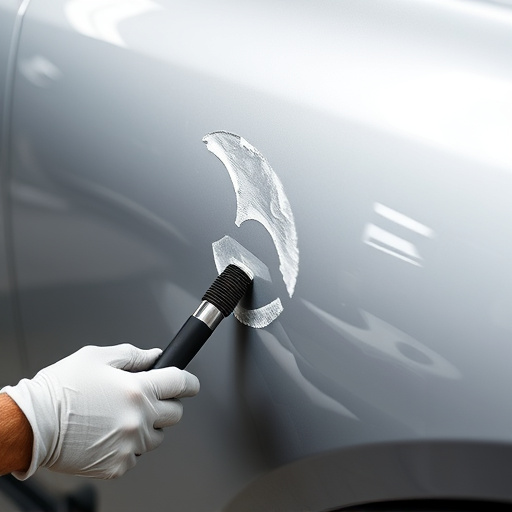
Seatbelt repair replacement is crucial for vehicle safety and warranty validity. Ignoring damaged se…….
In an era where road safety is a paramount concern, the focus on seatbelt repair and replacement has emerged as a critical aspect of vehicle security. This comprehensive article delves into the intricate world of seatbelt repair replacement, exploring its significance, global impact, and the various factors that shape its evolution. By understanding these dynamics, we can appreciate the efforts made to enhance passenger protection and the challenges that lie ahead.
Seatbelt repair replacement refers to the process of fixing or replacing worn-out or damaged seatbelts in vehicles, ensuring their effectiveness in safeguarding occupants during accidents. It involves several key components:
The concept of seatbelt repair and replacement has evolved over decades, driven by technological advancements and a growing understanding of road safety. In the early 20th century, basic seatbelts were introduced as standard equipment in some vehicles, primarily to prevent occupants from being thrown out during collisions. However, these early designs had limited effectiveness.
The modern era of seatbelt repair replacement gained momentum in the late 20th century with advancements in material science and safety standards. Today, it plays a pivotal role in meeting stringent global regulations aimed at minimizing road accidents and their consequences. By ensuring the reliability of seatbelts, this process contributes to reducing injury rates and saving lives.
The practice of seatbelt repair replacement has permeated across borders, driven by international safety standards and a unified goal of enhancing road security. The United Nations (UN) and its specialized agencies, such as the World Health Organization (WHO), have been instrumental in promoting global harmony in vehicle safety regulations.
Different regions exhibit distinct trends in seatbelt repair replacement:
| Region | Trends | Key Factors |
|---|---|---|
| North America | High adoption rates due to stringent federal mandates and advanced automotive technology. | Stricter safety regulations, frequent vehicle recalls for seatbelt issues. |
| Europe | Increasing emphasis on eco-friendly materials and smart seatbelts. | European Union (EU) directives promoting innovation in vehicle safety. |
| Asia-Pacific | Rapid urbanization driving higher vehicle ownership and a growing focus on affordable repair solutions. | Local regulations adapting to global standards, DIY seatbelt repair kits gaining popularity. |
| Africa | Limited access to quality seatbelt repair services due to infrastructural challenges. | Efforts to improve road safety infrastructure and raise awareness. |
The seatbelt repair replacement market is influenced by several economic factors:
Companies in this sector invest heavily in:
Sweden’s comprehensive road safety strategy includes mandatory seatbelt checks during routine vehicle inspections. This initiative, coupled with robust enforcement, has led to high adherence rates and a significant reduction in fatal accidents involving seatbelt non-use.
Japanese automotive manufacturers have pioneered the integration of smart technologies into seatbelts. Their systems use sensors to detect occupant position and adjust tension automatically, enhancing safety during various accident scenarios. This innovation sets a global benchmark for future advancements.
In Kenya, local non-profit organizations partner with vehicle repair shops to provide affordable seatbelt repair services. These initiatives not only improve road safety but also foster community engagement and empower local businesses.
The global seatbelt repair and replacement market is projected to grow at a CAGR of 7% between 2023 and 2030, primarily driven by:
Seatbelt repair replacement is a dynamic field that continues to evolve, driven by technological innovations, stringent regulations, and a global commitment to road safety. As we look ahead, the future holds immense potential for enhancing passenger protection through smarter, more accessible, and affordable seatbelt solutions. By addressing challenges and leveraging emerging trends, we can ensure that every journey remains a safe one.
Q: How often should I get my seatbelts checked?
A: Regular inspections are recommended at least once a year or after significant accidents to ensure optimal performance.
Q: Can I replace a damaged seatbelt myself?
A: While some basic repairs are possible, complex damage may require professional expertise. It’s crucial to consult with specialized technicians for safety and quality assurance.
Q: Are there eco-friendly options for seatbelt repair?
A: Yes, several companies now offer environmentally friendly materials and processes, such as using recycled polyester or implementing sustainable manufacturing practices.
Q: How do I know if my vehicle’s seatbelts meet current safety standards?
A: Check your vehicle’s owner manual or consult with manufacturers for specific details on model-year requirements. Regularly maintained seatbelts should pass inspection tests.

Seatbelt repair replacement is crucial for vehicle safety and warranty validity. Ignoring damaged se…….
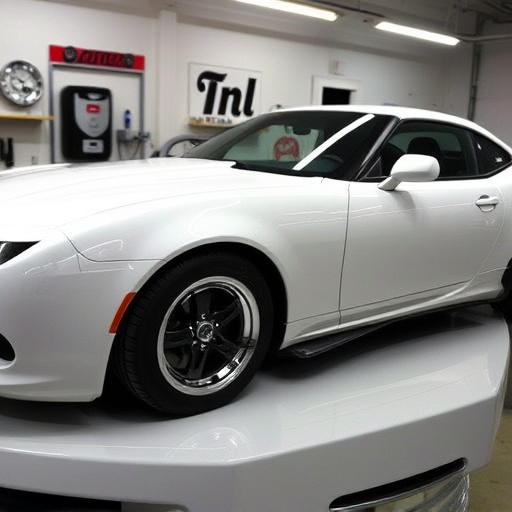
In the competitive auto repair industry, especially for specialized services like seatbelt repair re…….
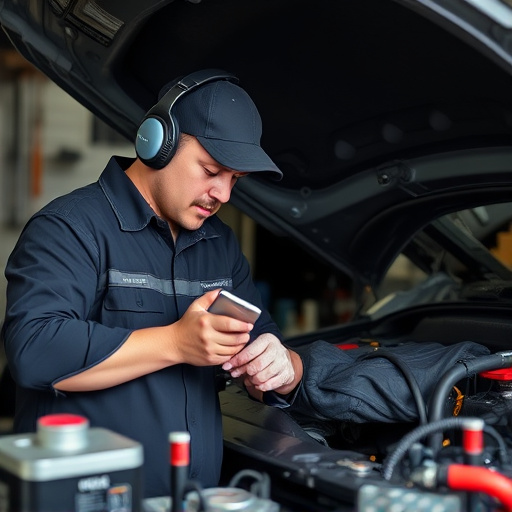
Efficient seatbelt repair and replacement processes in vehicle maintenance face challenges like limi…….
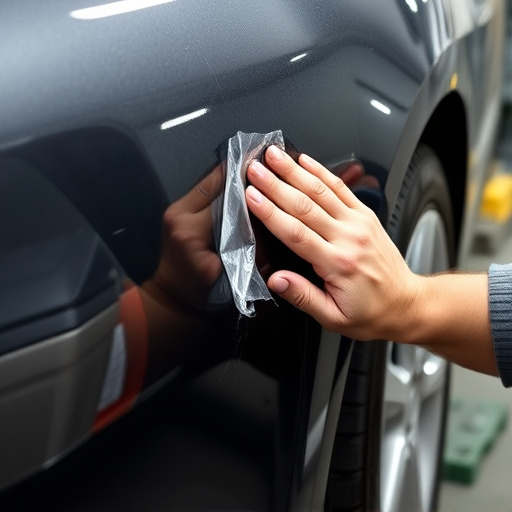
Seatbelt repair and replacement require addressing wear, age, environmental factors, and mechanical…….
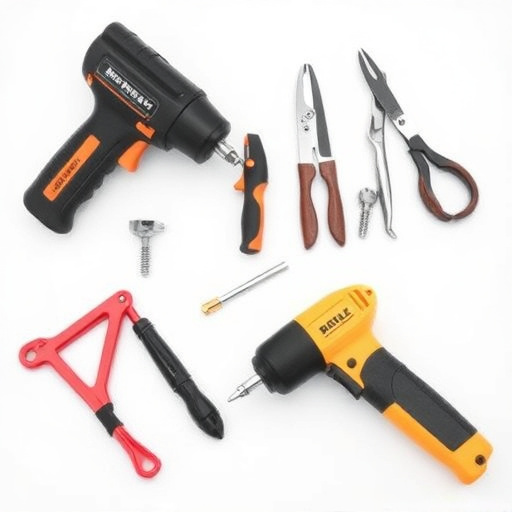
In an era of heightened safety awareness, customers demand swift and reliable seatbelt repair replac…….

Proper seatbelt repair and replacement are vital for passenger safety, especially in high-end vehicl…….

High-quality seatbelt repair replacement parts are vital for passenger safety, offering enhanced str…….

Understanding seatbelt repair replacement data is crucial for auto body shops to improve service qua…….
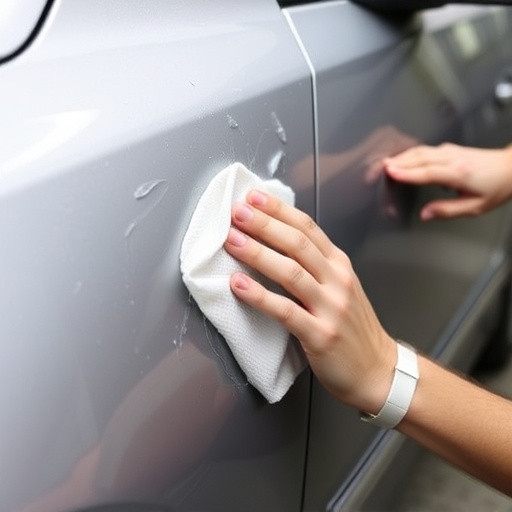
Meticulously examine seatbelts for visible wear, focusing on buckles and mounts. Test fastening, adj…….
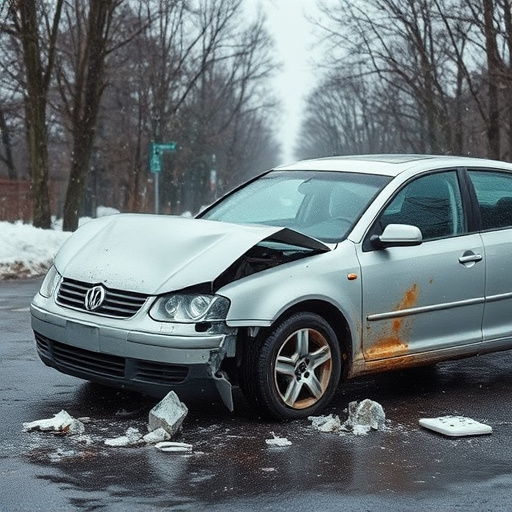
Analyzing historical data on seatbelt failure patterns helps auto body services improve repair quali…….